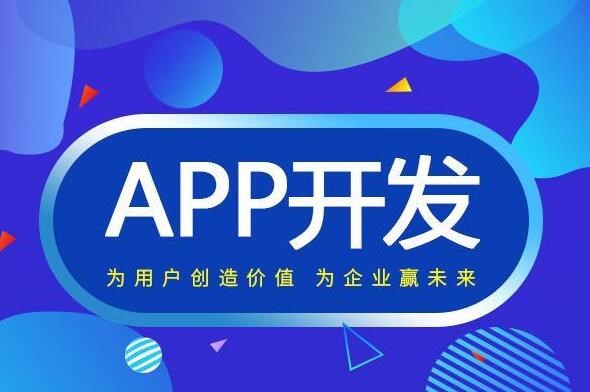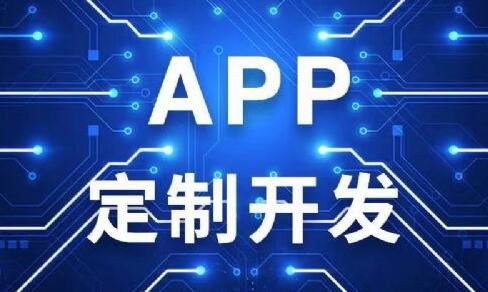中文化、本土化、云端化的在线跨平台软件开发工具,支持APP、电脑端、小程序、IOS免签等等
App Development
App development refers to the process of creating applications or software for mobile devices such as smartphones and tablets. It involves designing, coding, testing, and deploying mobile applications. App development can be done for different platforms, including iOS (Apple), Android (Google), and Windows (Microsoft). In this article, we will delve into the principles and provide a detailed introduction to app development.
1. Understanding the Principles of App Development
App development follows a systematic approach that involves several key principles. These principles ensure that the application is user-friendly, efficient, and meets the desired requirements. Let's explore these principles in detail:
1.1 User Interface (UI) Design: The user interface is the visual and interactive part of the application that users interact with. It includes buttons, menus, screens, and other elements. A good UI design focuses on simplicity, ease of use, and intuitive navigation.
1.2 Backend Development: The backend of an app refers to the server-side operations that handle data storage, processing, and communication with external servers or databases. It involves creating APIs (Application Programming Interfaces) that allow the app to interact with the backend.
1.3 Frontend Development: The frontend of an app refers to the client-side operations that are visible to users. It includes designing and coding the user interface, integrating APIs, and handling user interactions. Frontend development is typically done using programming languages such as Swift (iOS), Java/Kotlin (Android), or HTML/CSS/JavaScript (cross-platform).
1.4 Testing and Debugging: Testing is a crucial part of app development to ensure the app functions correctly and is free from bugs. Various testing methods, such as unit testing, integration testing, and user acceptance testing, are used to identify and fix issues.
1.5 Deployment and Maintenance: Once the app is developed and tested, it needs to be deployed to the respective app stores (e.g., Apple App Store, Google Play Store). Regular maintenance and updates are required to fix bugs, add new features, and ensure compatibility with the latest devices and operating systems.
2. Detailed Introduction to App Development
Now that we understand the principles of app development, let's dive into a detailed introduction to the app development process:
2.1 Planning and Research: Before starting the development process, thorough planning and research are essential. This includes defining the app's purpose, target audience, features, and desired platform (iOS, Android, etc.). Market analysis and competitor research can provide valuable insights.
2.2 Designing the User Interface: Once the planning phase is complete, the next step is designing the user interface. This involves creating wireframes, mockups, and prototypes to visualize the app's layout, navigation, and overall look and feel.
2.3 Development: With the UI design in place, the actual development process begins. This includes writing code for the frontend and backend, integrating APIs, and implementing the desired features. Developers use programming languages, frameworks, and tools specific to the target platform.
2.4 Testing and Debugging: Throughout the development process, testing and debugging play a crucial role. Various testing techniques, such as unit testing (testing individual components), integration testing (testing how different components work together), and user acceptance testing (testing with real users), are performed to identify and fix any issues or bugs.
2.5 Deployment and Distribution: Once the app is thoroughly tested and deemed ready for release, it can be deployed to the respective app stores. Each platform has its specific guidelines and procedures for app submission. It is crucial to adhere to these guidelines to ensure successful distribution.
2.6 Maintenance and Updates: After the app is launched, regular maintenance and updates are necessary. This includes fixing bugs, addressing user feedback, improving performance, and adding new features. Staying up to date with the latest technologies and platform updates is also important to ensure compatibility.
In conclusion, app development is a systematic process that involves various principles and stages. Understanding these principles and following a structured approach can help in creating successful and user-friendly mobile applications. By carefully planning, designing, developing, testing, and maintaining the app, developers can ensure a smooth and efficient app development journey.





